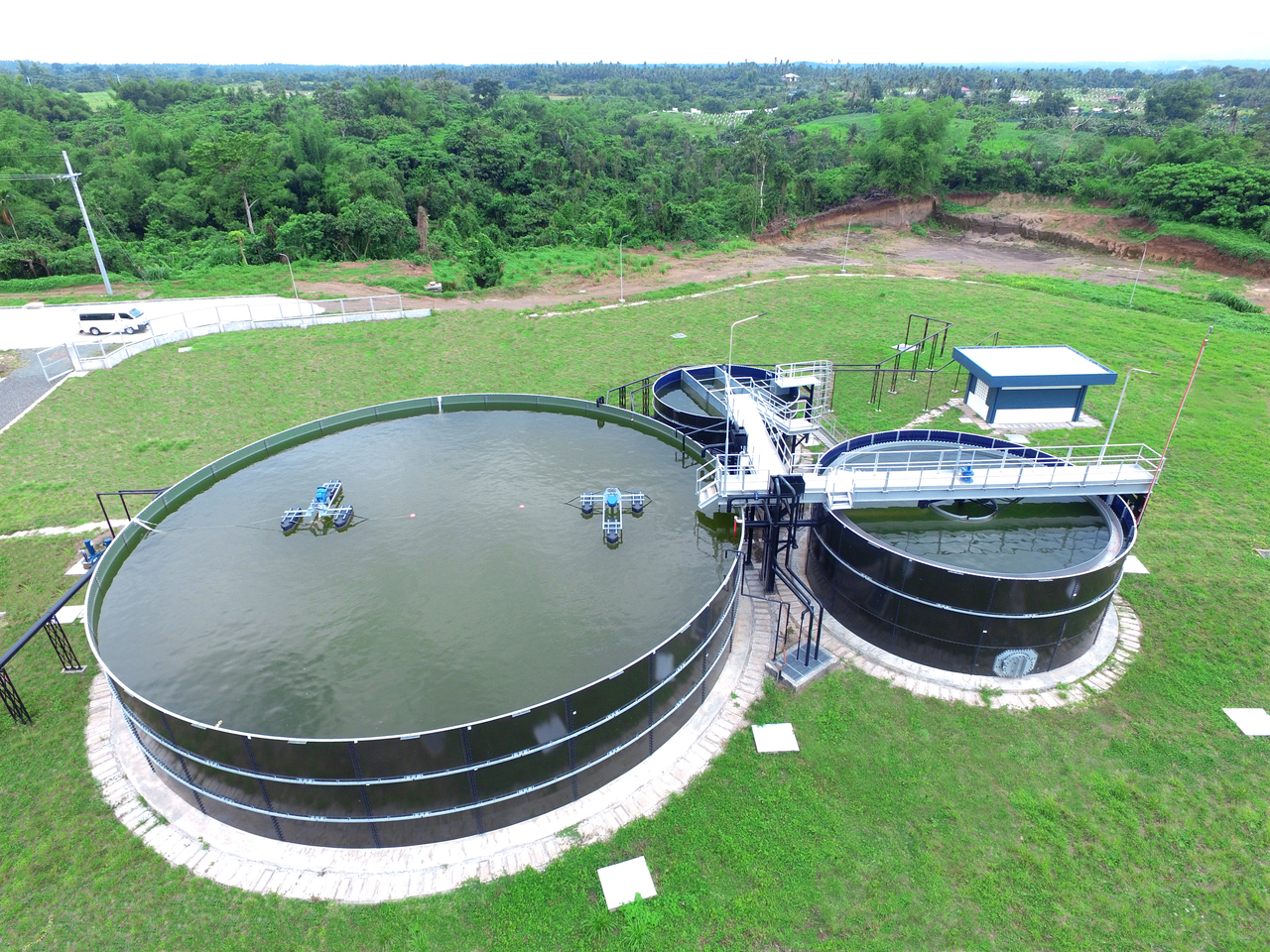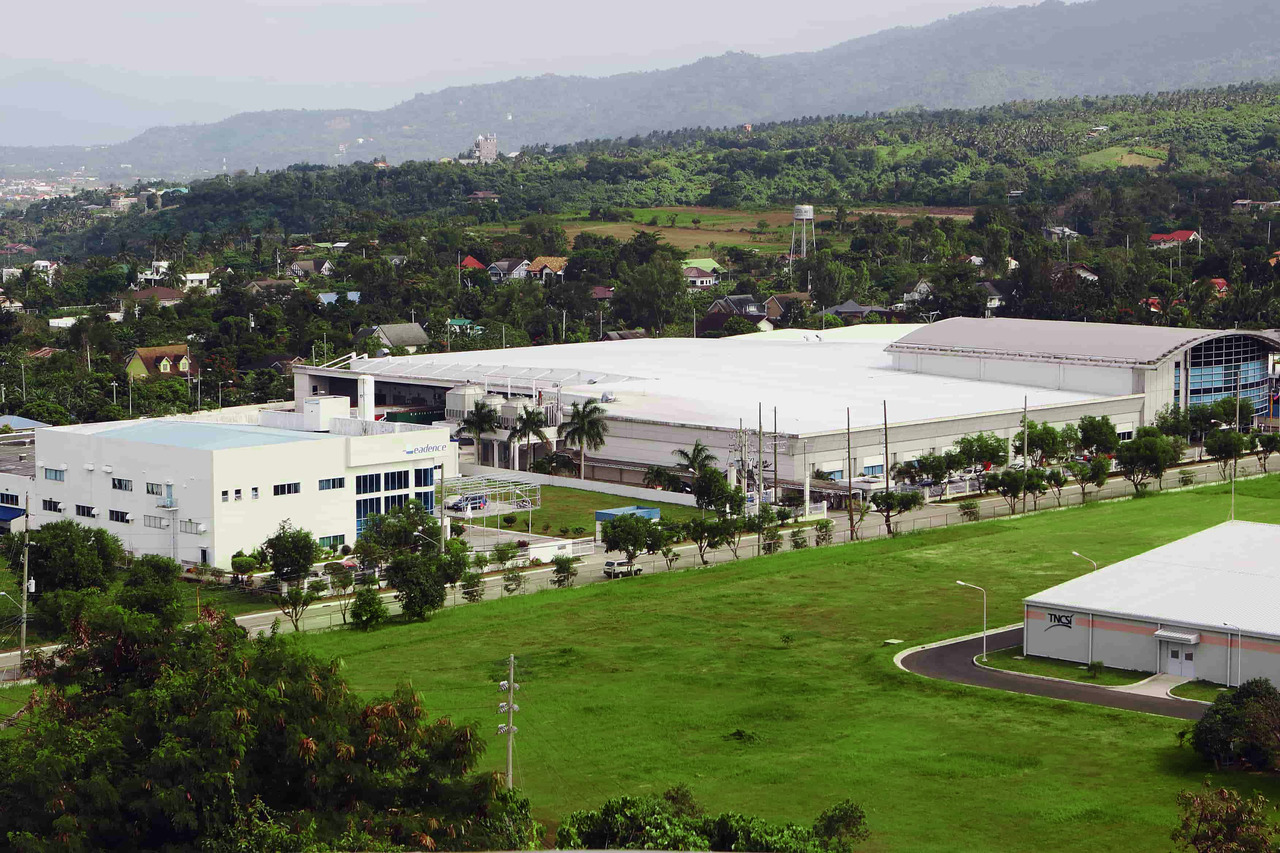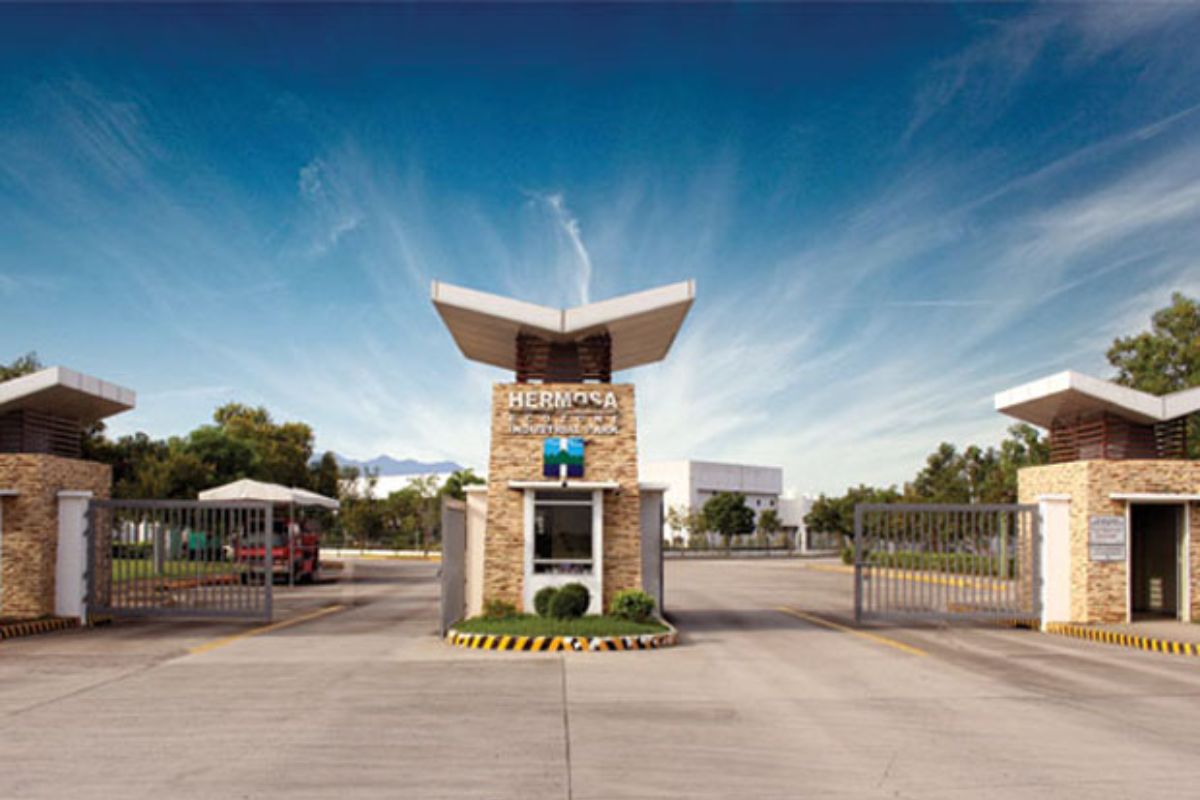What are the advantages of investing in eco-industrial parks?
- Efficient use of infrastructures
- Facilitates benchmarking
The Industrial estate in the Philippines houses several firms that are clustered in a strategic location to achieve industrial efficiencies. These specialized infrastructures enhance the collaboration of various manufacturing sectors and play a key role in national economic development. However, industrial parks are also being called upon to integrate sustainability into their core business activities to impact the environment and society as a whole positively. Today, many investors want to learn more about the advantages of investing in eco-industrial parks.
Eco-industrial parks are designed according to the ideas of a circular economy and industrial symbiosis. They aim to support the sustainability goals of firms, minimize waste, use industrial resources efficiently, give access to renewable energy, and lower environmental degradation. Today’s trend for eco-industrial parks has already proven to be an effective solution in combating climate change. Beyond helping curb environmental issues, eco-industrial parks can drive organizational success by improving productivity, reducing operating costs, impacting consumer purchase attitudes, and creating lucrative opportunities by attracting more investors due to ethical practices.
In this article, we’ll delve deeper into the advantages of investing in eco-industrial parks.
Efficient Use Of Infrastructure

Major manufacturers require a variety of infrastructures for operations. One of the primary advantages of eco-industrial parks is that they are equipped with complete and integrated infrastructure. Eco-industrial parks encourage businesses to regulate sustainability applications through the efficient use of these infrastructures.
Take the need for a reliable energy supply, for example. Each business will require different amounts of energy supply according to their manufacturing operations. Light and medium industries are energy-intensive, needing consistent levels of energy. An advantage of investing in eco-industrial parks is that they provide smart energy solutions. Energy efficiency is achieved by maximizing the shared location of the locators. Eco-industrial parks are equipped with independent electric grids that supply energy across the factories and plants. The locators do not need to be connected to the same electric grid, such as the surrounding urban areas. In addition, eco-industrial parks use renewable energy sources.
Other examples of efficient use of infrastructure in eco-industrial parks involve large-volume water and wastewater treatment systems. Similar to energy supplies, water is also highly needed by manufacturing businesses — whether it be for cooling equipment and washing, diluting, or transporting a product. Consequently, the utilization of water produces wastewater as well. If not treated before being released back to the environment, the pollutants of wastewater (dissolved solids, pathogens, nitrates, synthetic chemicals) negatively impact ecosystems. Due to depleting water resources, eco-industrial parks in the Philippines, such as SPPI, have been designed to have centralized wastewater treatment systems. The Hermosa Ecozone Industrial Park treats 12,000 cubic meters of wastewater daily using an activated sludge procedure to safeguard freshwater resources. The sludge contains a large amount of biodegradable material, which is treated with anaerobic bacteria. When heated up, the produced methane gas is harvested and burned to generate energy.
Investing in eco-industrial parks proves to be advantageous because of the efficient use of infrastructure. In turn, this efficiency can generate plenty of lucrative opportunities for a business by lowering operating costs and boosting productivity.
Facilitates Benchmarking
In general, benchmarking is the practice used by companies to improve their operations. It is a metric used to discover what is lacking in your business’s performance by learning about the best practices of other companies — whether in the same industry or otherwise.
It is well-known that the development of eco-industrial parks, when successful, can lead to significant improvements in the environmental performance of companies. These facilities can reduce negative social and ecological impacts, moving toward more responsible resource consumption. On the economic side, eco-industrial parks are beneficial as they boost productivity, reduce costs, impact consumer attitudes positively, and increase profits.
Investors of eco-industrial parks facilitate benchmarking by stimulating competition between other industries, encouraging environmental collaboration between private sectors, and becoming a market leader in the industry. If an investor’s goal is to foster eco-friendly operations, eco-industrial parks are the primary avenue. In this regard, being clustered with other firms while utilizing shared resources enables them to cooperate and collaborate. This can encourage all parties to strive for the most sustainable business practices. While using each other as benchmark tools, the business in eco-industrial parks drives towards continuous improvements altogether.
Key Takeaway
As stated above, the advantages of investing in eco-industrial parks have made it possible for many industries to adopt sustainable solutions without sacrificing profitability. As more “green” methods are explored, and the need for sustainability grows, investors of eco-industrial parks will only continue to reap more long-term benefits.
If you are looking for an eco-industrial park in the Philippines, click here to contact Science Park of the Philippines. We are one of the leading industrial park developers in the country. Over time, we have developed our industrial parks to focus on sustainability.



